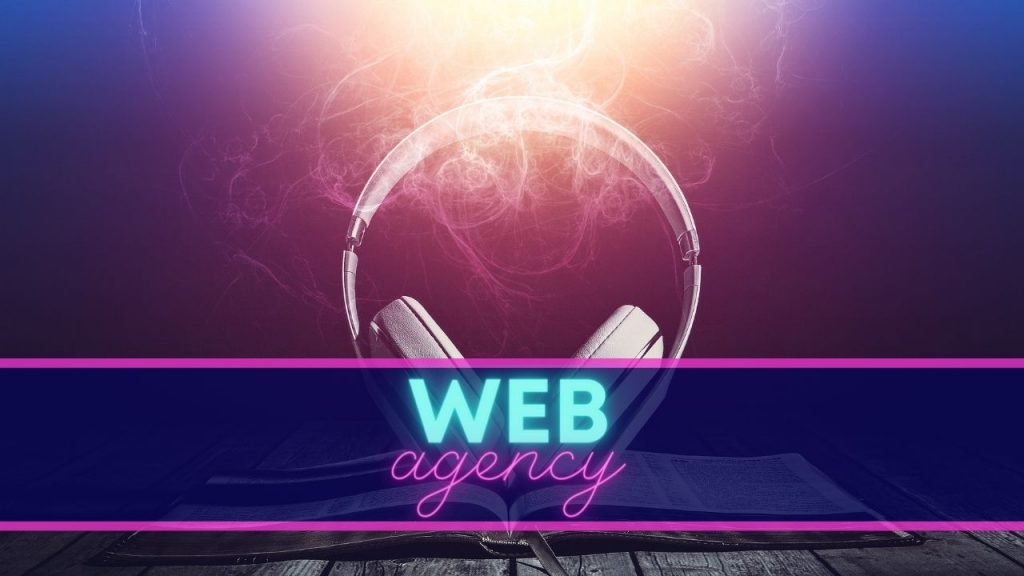You may already have been faced with the tedious task of transcribing an audio recording into text. Whether for meeting notes, interviews or course recordings, transcription can take up a lot of time and energy. Fortunately, there are tricks and tools that can make this task easier. In this article, we’ll guide you through the steps to efficiently transcribe an audio recording into text. With our practical tips and recommended tools, you’ll be able to turn your audio files into written documents quickly and easily.
The different methods for transcribing audio into text
There are two main methods for transcribing an audio recording into text: manual transcription and automatic transcription. Let’s take a look at the advantages and limitations of each of these methods.
Manual transcription
Manual transcription involves listening to the audio recording and transcribing every word spoken by hand. This is the most commonly used method, especially for professional-quality transcriptions.
Steps to follow
To manually transcribe an audio recording into text, here are the steps to follow:
- Listen to the audio recording in its entirety, taking notes if necessary.
- Begin transcription by listening to short portions of the recording, 10 to 15 seconds long, which you can pause to write down what you hear.
- Correct the transcription by re-listening to the recording several times until you have an accurate and complete text.
Good practices for effective transcription
- Use headphones for better sound quality and concentration.
- Slow down the playback speed of the audio recording if necessary.
- Avoid distractions and make sure you’re in a quiet environment.
- Familiarize yourself with the specific vocabulary used in the audio recording.
Automatic transcription tools
Automatic transcription tools use speech recognition algorithms to automatically transcribe audio recordings into text. These tools can be useful for quick, informal transcriptions, but they have limitations in terms of quality and accuracy.
Advantages and limitations of these tools
- Advantages : speed, time savings and productivity.
- Limitations: low transcription accuracy, comprehension errors, difficult speech recognition for some languages, accents or complex sound environments.
Recommended automatic transcription software
- Google Docs: Google Docs offers a free speech recognition tool for transcribing an audio recording directly into a text document.
- Otter: Otter is a paid automatic transcription software that offers advanced speech recognition and collaboration features.
- Trint: Trint is an automatic transcription software that synchronizes audio and text for easy transcription correction and editing. It also features keyword search and transcript export in various formats.
In the next section, we’ll look at a few tricks to make transcribing an audio recording into text easier.
Tricks to make transcription easier
Here are a few tips that can help you make transcribing an audio recording into text easier:
Preparing recordings
- Use quality equipment to record the audio, such as an external microphone or a digital recorder.
- Make sure that the audio recording is of good quality and free from excessive background noise.
- Pre-listen to the audio recording to familiarize yourself with the voices and terms used.
Using keyboard shortcuts
- Use keyboard shortcuts to save time, such as the “pause” or “play” keys to pause or resume recording playback, or the “Ctrl + right arrow” or “Ctrl + left arrow” keys to move forward or backward a few seconds.
- Customize keyboard shortcuts according to your preferences and transcription software.
Optimizing the working interface
- Enlarge the font or screen size to make transcriptions easier to read and correct.
- Use transcription software that allows audio and text to be synchronized for easier transcription correction and editing.
Common mistakes to avoid when transcribing
Transcribing an audio recording into text can be a tedious task, but avoiding some common mistakes can improve the quality of your work. Here are some common mistakes to avoid when transcribing:
Not taking the time to prepare the’audio recording
It is important to take the time to prepare the audio recording by ensuring its quality and doing a pre-listening to become familiar with the voices and terms used. Failure to do so may result in a poor or incomplete transcription.
Do not correct transcription errors
It is important to correct transcription errors and check them several times to make sure the transcription is accurate. Ignoring errors can result in an incorrect transcription.
Do not use keyboard shortcuts
Using keyboard shortcuts can save you time and improve your efficiency when transcribing. Not using them can lead to wasted time and reduced productivity.
Not choosing the right transcription software
It’s important to choose the right transcription software to meet your needs. Transcription software that doesn’t suit your needs can result in poor transcription quality and wasted time.
Not concentrating enough
.
It is important to concentrate sufficiently when transcribing, avoiding distractions and working in a quiet environment. Not concentrating can lead to transcription errors or a drop in quality.
By avoiding these common mistakes, you can improve the quality of your transcription and gain in efficiency.
Conclusion
In conclusion, transcribing an audio recording into text can be a complex task that requires preparation, concentration and the use of good methods. By following tips to make transcription easier, such as preparing recordings, using keyboard shortcuts and optimizing the work interface, and by avoiding common mistakes, such as overlooking transcription errors or lack of concentration, you can improve the quality of your work and gain in efficiency. With a little practice and patience, transcribing an audio recording into text will become easier and faster.









